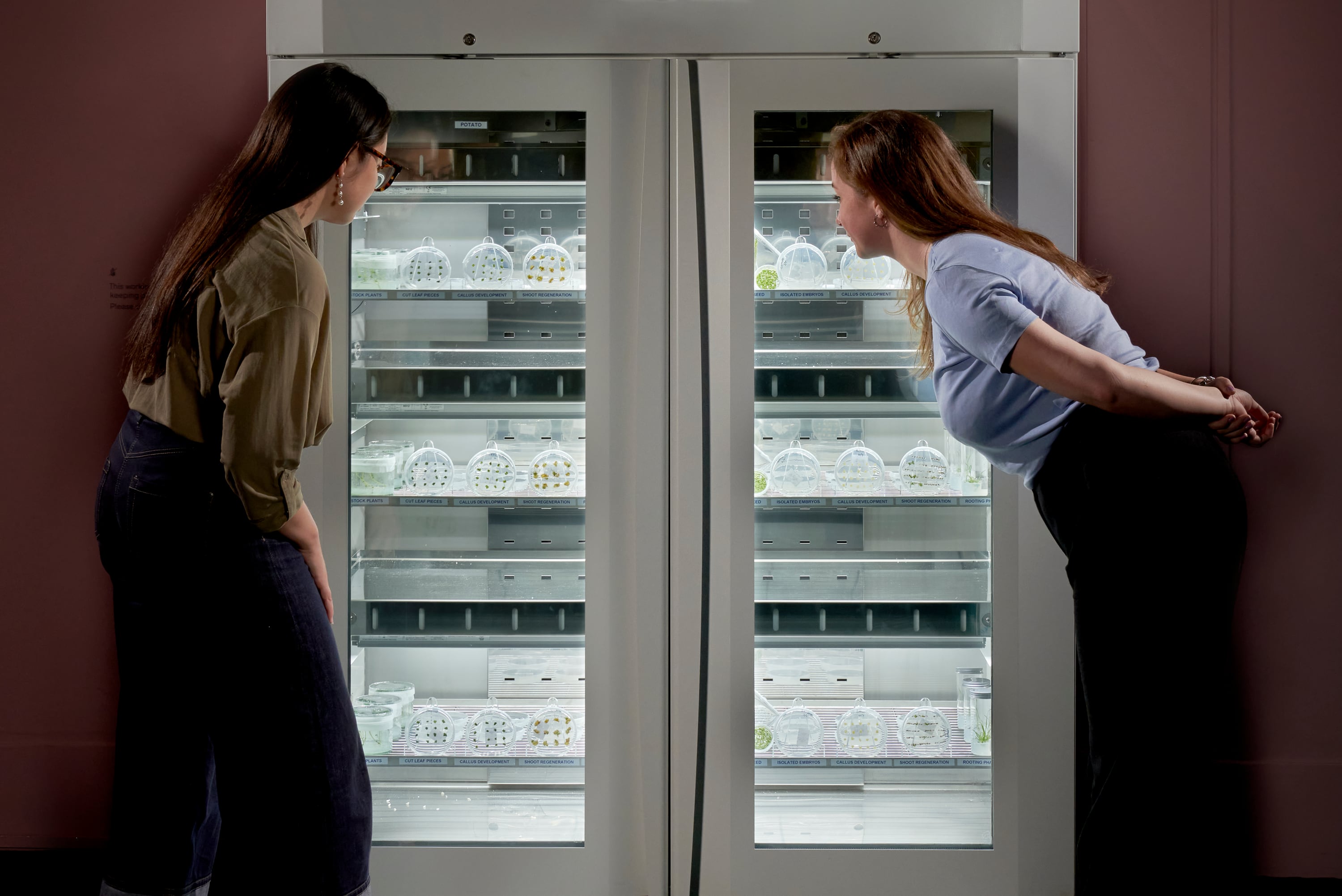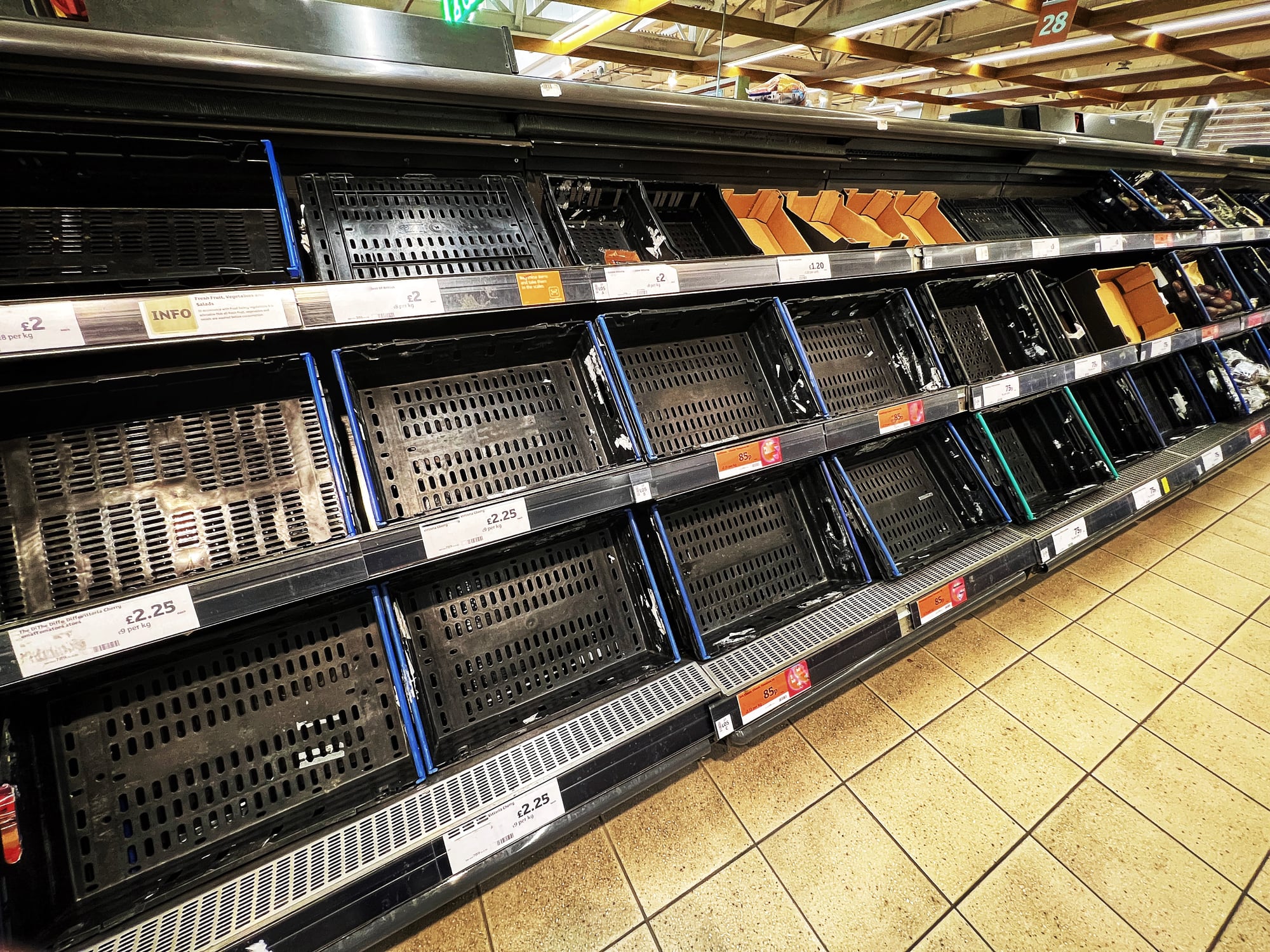The ‘Future of Food’ exhibit features more than 100 artefacts. This includes a 3,500-year-old fermented sourdough bread and the first beef steak grown outside a cow.
Held within the walls of the Science Museum, the exhibit is designed to help people understand how science is being used to find more sustainable ways to grow, produce, purchase, cook and eat food.
What’s on display?
The past
On entering Future of Food, visitors will see how science enabled growing populations to be better fed in the 20th century, delving into the ideas and technologies that transformed farming. But the exhibition also highlights the challenging environmental legacy these have left.
Among the displays, visitors will be able to see a fragile potato leaf – one of the few surviving specimens collected during the Irish potato famine. The blight disease rampaged through Ireland’s farmlands because they were planted as a monoculture.
They will also see Fritz Haber’s sample of liquid ammonia – one of the most significant scientific inventions of the 20th century, which helped feed billions through the creation of synthetic nitrogen fertiliser.
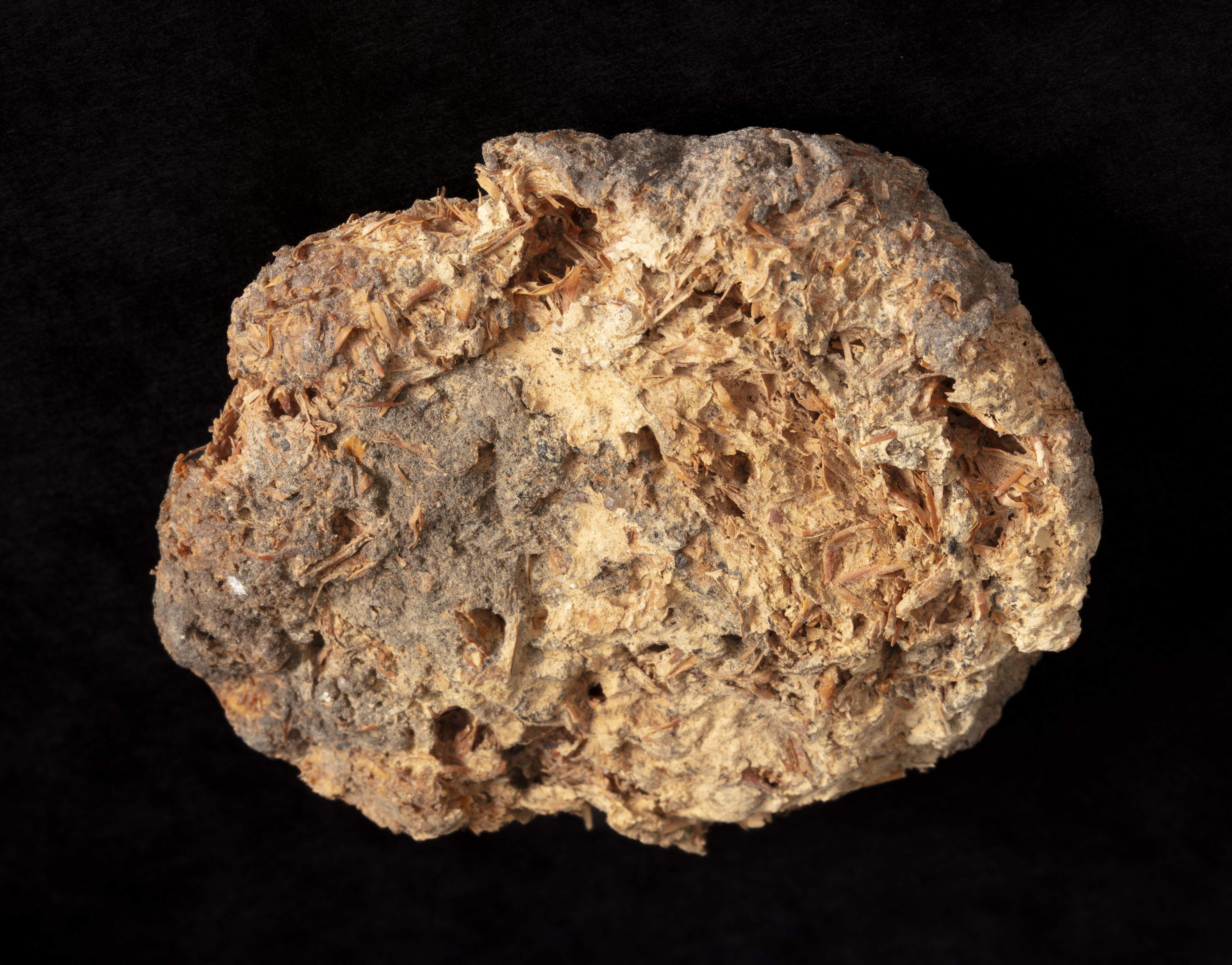
After setting the scene with the stories and histories behind everyday foods, including margarine, potatoes, corn and McNuggets, the exhibition invites visitors to explore potential routes to a more sustainable future of food – from cellular agriculture to agroecology.
An ancient Egyptian loaf of bread introduces humanity’s oldest biotechnology: fermentation. The sourdough loaf was found in the tomb of an Egyptian queen and appears alongside the first Quorn burger, a meat substitute which also relies on fermentation that was made in 1981.
The future
Today, fermentation technology is being used to create a sustainable version of palm oil, with visitors able to see both the process in action as the yeast ferments food waste into ‘palm’ oil, and chocolate, peanut butter and other food products made with the oil.
Fermentation is also being used to make dairy from microbes. Prototype products on display offer a glimpse into the near future where the taste and texture are indistinguishable from animal-derived dairy with a fraction of the environmental footprint.
Cell-grown meat and fish, including the first beef steak grown outside a cow, are also on show alongside genetically engineered animals and crops such as a bird flu-resistant chicken and live potato and wheat plants, which are developing inside a working growth chamber.
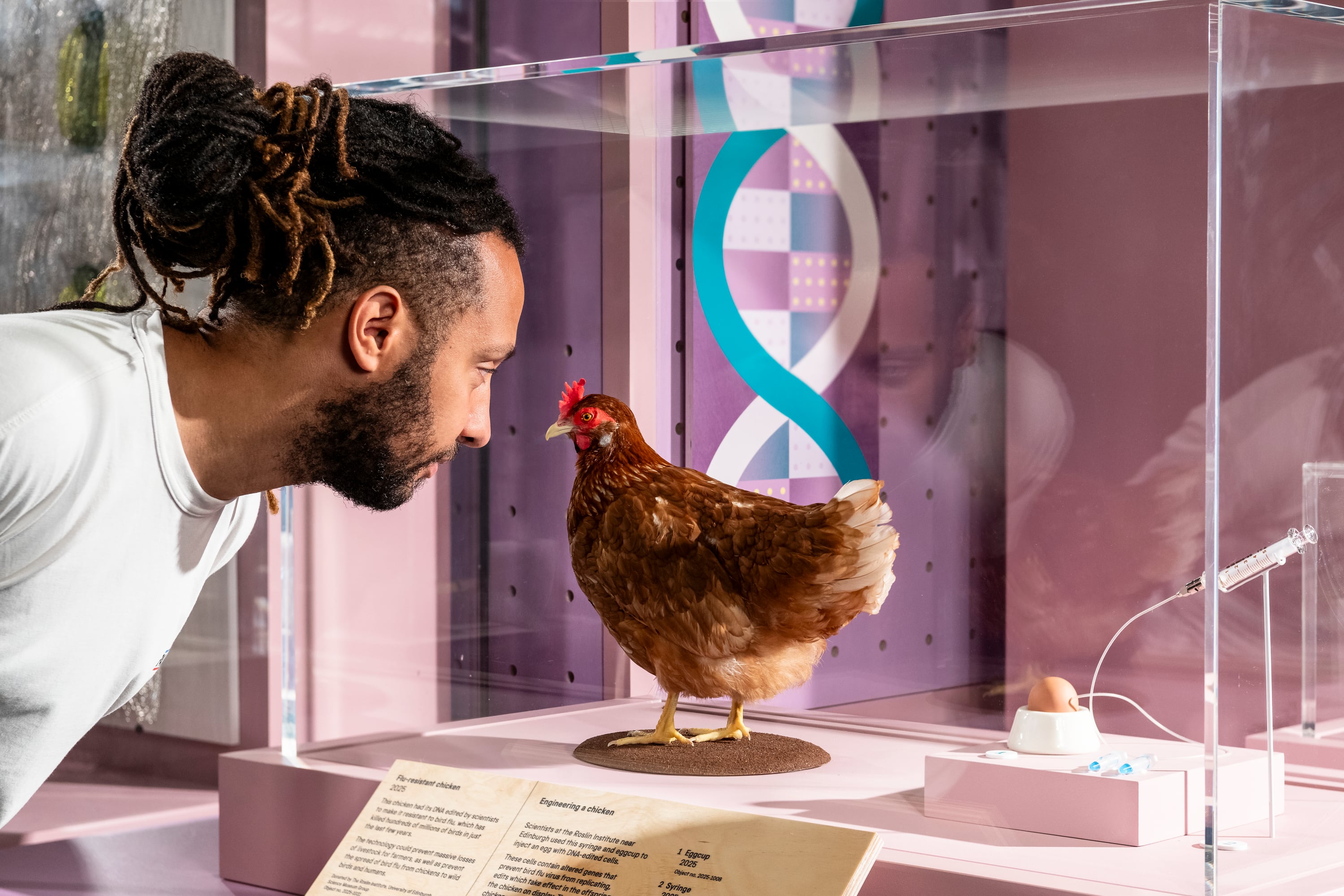
“Visiting this exhibition in 2025 is like seeing a display about the internet in the early 1990s, you’re getting a sneak preview, a chance to brace yourself for the revolution to come. It’s a revolution that’s desperately needed. The way we feed the planet right now is just unsustainable,” Jeremy Coller, chair of the Coller Foundation – the principal funder for the exhibition – said in an opening speech yesterday (24 July 2025).
“We are feeding 80 billion animals a year to feed 8 billion humans – and that’s growing," he continued.
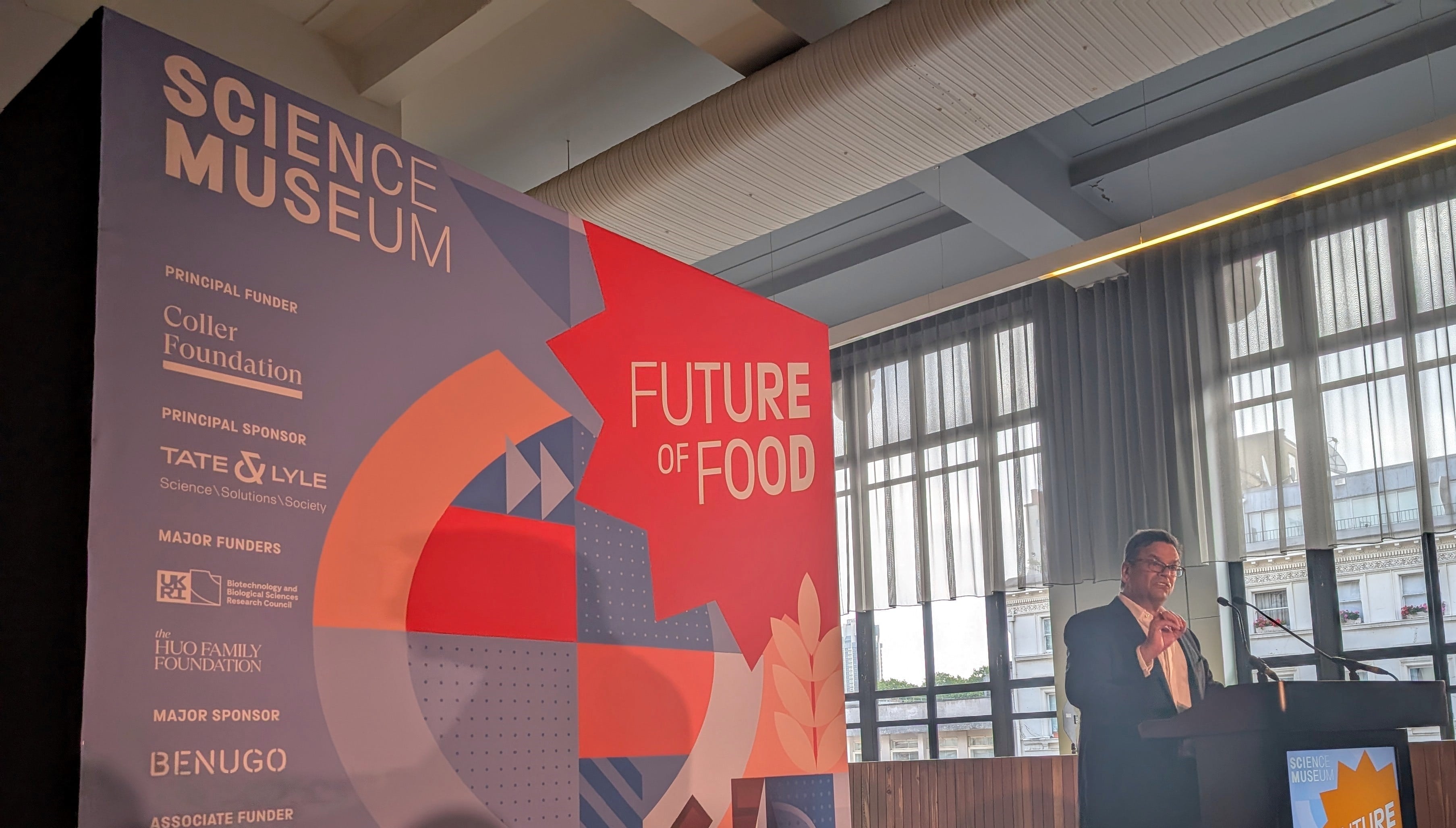
“The good news is us humans have always found new ways to do old things better. The proof of that fills the greatest science museum in the world’s building.”
Future of Food is is a free exhibit and is open until 4 January 2026.


